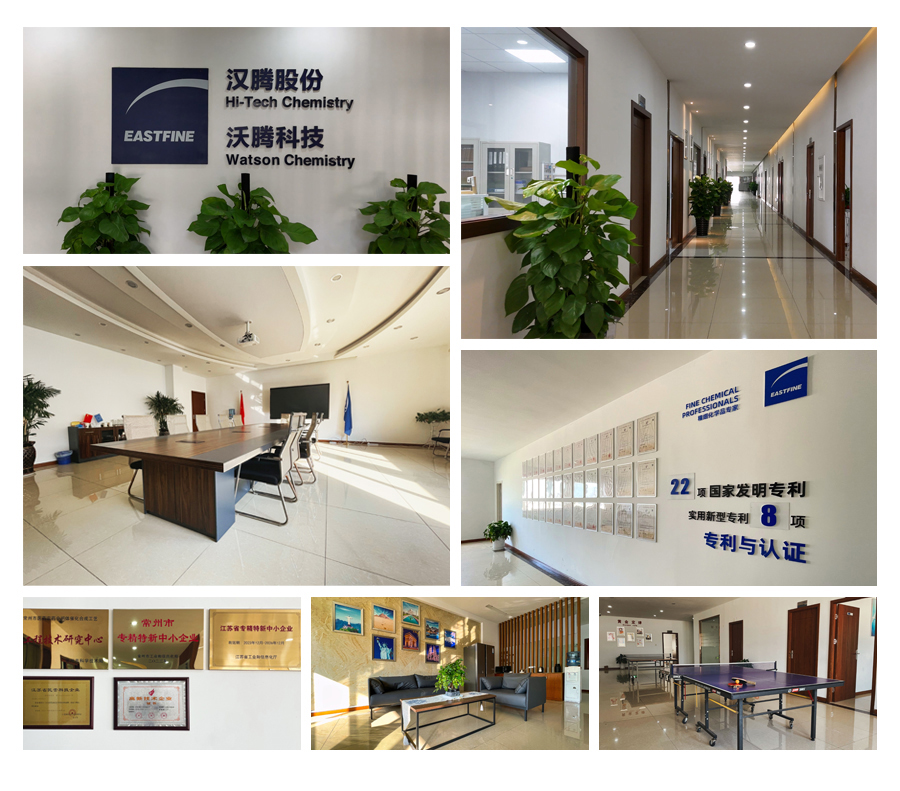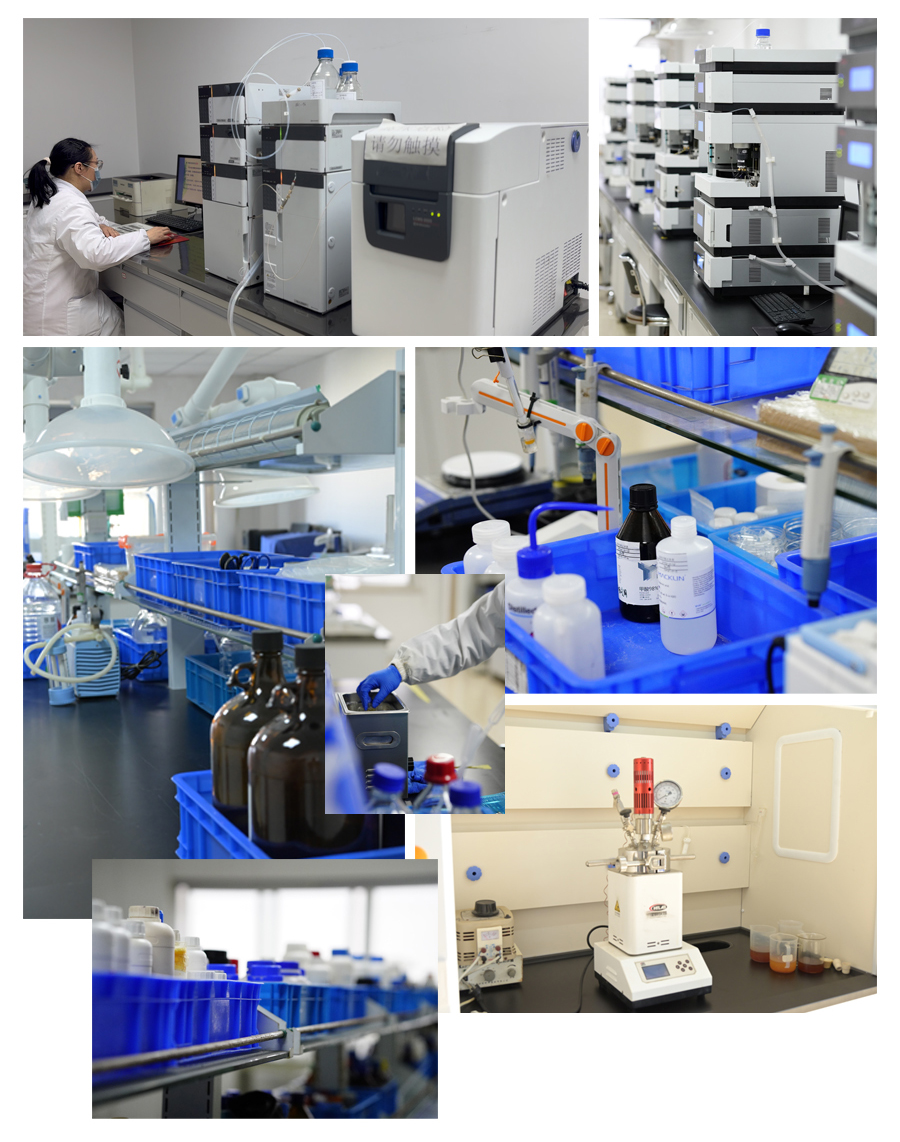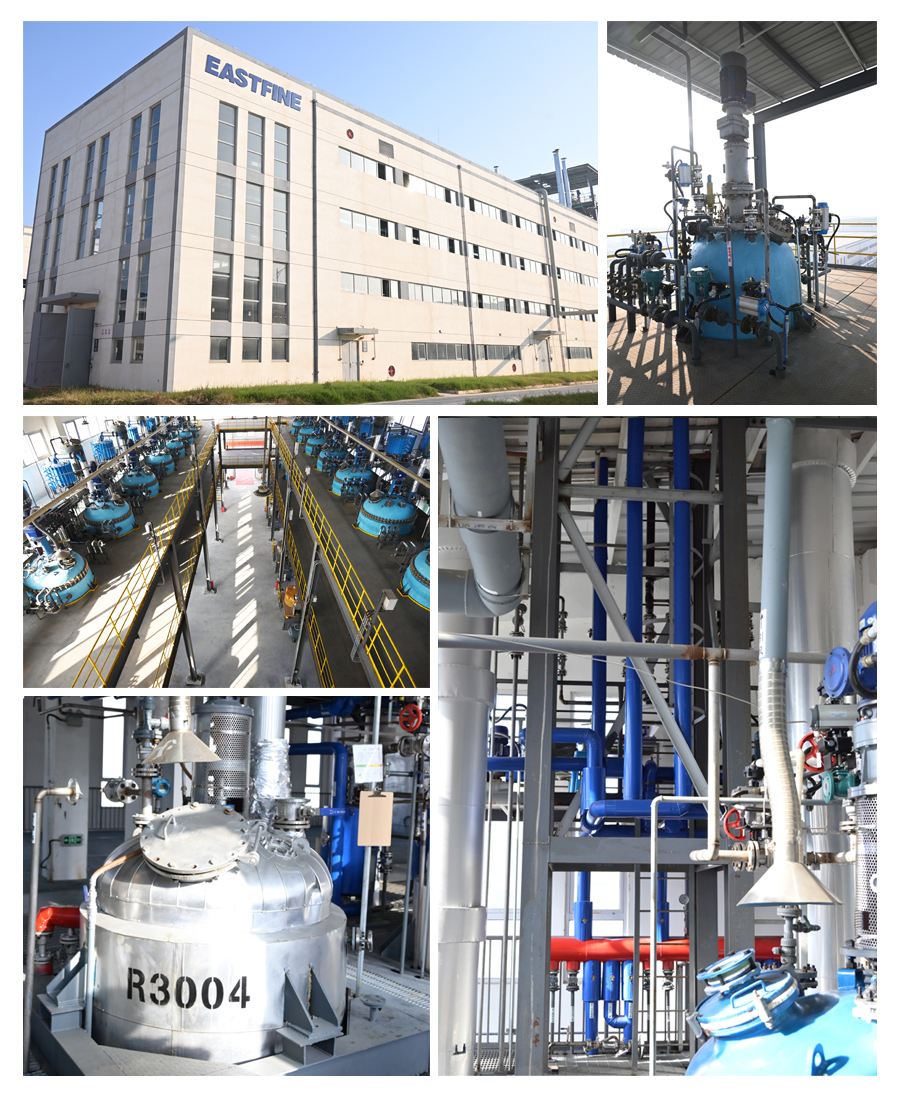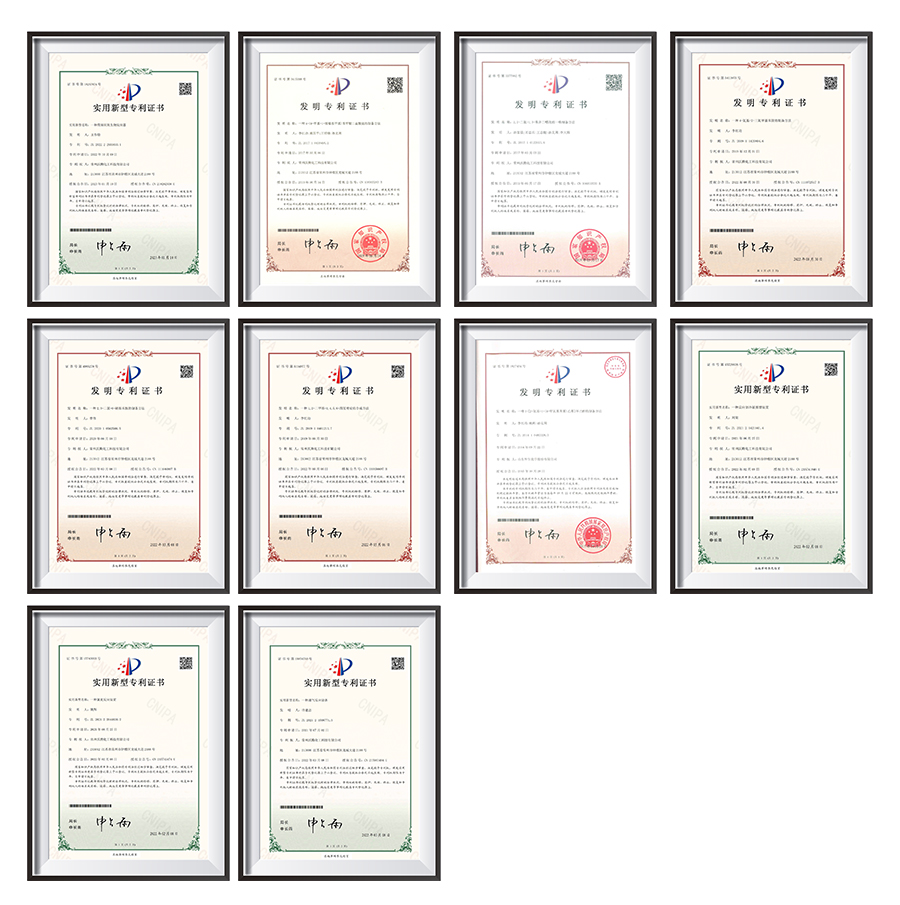| Availability: | |
|---|---|






Product Description
We are a pharmaceutical intermediate manufacturer of 3,4,5-Trifluorophenylboronic acid.
Its CAS No. is 143418-49-9
Our pharmaceutical intermediates can be used in a variety of APIs.
| Product Category | Custom Synthetic Intermediates |
| CAS NO | 143418-49-9 |
| Product Specifications | Melting point: 290-295 °C (lit.) Boiling point: 263.6±50.0 °C(Predicted) Density: 1,087g/cm Storage temp.: Keep in dark place,Sealed in dry,Room Temperature |
Office Environment

Laboratory

Workshop/Warehouse

Certificate

3,4,5-Trifluorophenylboronic acid is produced by EASTFINE , and we are in charge of overseas selling . Not just trading compamy .
China,America,Brazil,England,Russia,Poland,India,Pakistan,NewZealand,Korea,Australia,Dubai,Turkey,Indonesia,UAE.
yes , you can have 1 3,4,5-Trifluorophenylboronic acid sample for starting the business , but it is not free
please contact sale team for detail .
3,4,5-Trifluorophenylboronic acid (CAS 143418-49-9) is a fluorinated organoboron compound with molecular formula C₆H₄BF₃O₂. This white crystalline solid features a boronic acid group on a perfluorinated aromatic ring, making it an exceptionally reactive and valuable reagent for Suzuki-Miyaura cross-coupling reactions in pharmaceutical and materials chemistry.
The compound appears as a white to off-white crystalline powder with a molecular weight of 175.90 g/mol. It has a melting point range of 210-215°C (with decomposition) and demonstrates good solubility in polar aprotic solvents like DMSO and THF, though limited solubility in water and non-polar solvents. The material is stable at room temperature but may gradually discolor upon prolonged exposure to moisture.
For maximum stability, store in airtight containers with desiccants under inert atmosphere (nitrogen or argon) at 2-8°C. The boronic acid functionality is highly moisture-sensitive, requiring strict protection from humidity. Under optimal conditions, the material maintains excellent stability for at least 24 months. Keep away from strong oxidizers and bases.
This compound serves as a premium building block for introducing trifluorinated aromatic systems into drug molecules through Suzuki couplings. The electron-deficient aromatic ring enhances reactivity in cross-coupling reactions while the fluorine atoms improve metabolic stability and membrane permeability of resulting compounds. It's particularly valuable in developing CNS drugs, kinase inhibitors, and liquid crystal materials.
While not highly toxic, the compound may cause skin and eye irritation. Use appropriate PPE including nitrile gloves, safety goggles, and proper ventilation. Avoid inhalation of dust and direct contact. In case of exposure, flush affected areas with water for 15 minutes. The material is stable under normal handling conditions but may decompose at elevated temperatures.
Quality control includes HPLC analysis (typically ≥97% purity), melting point determination, and comprehensive spectroscopic characterization. ⊃1;H NMR shows the characteristic aromatic proton pattern, while ⊃1;⊃1;B and ⊃1;⁹F NMR confirm the boronic acid and fluorine substituents respectively. Elemental analysis may be used for additional verification.
The symmetric trifluoro substitution pattern creates an extremely electron-deficient aromatic system that significantly enhances the reactivity of the boronic acid in coupling reactions. This property, combined with the metabolic stability imparted by the fluorine atoms, makes it ideal for constructing advanced pharmaceutical intermediates and functional materials.
This high-value reagent is available through specialty chemical suppliers in quantities ranging from milligrams to kilograms. Many suppliers provide certificates of analysis with each batch and offer custom synthesis services. Technical support is typically available for specific application development and process optimization questions.